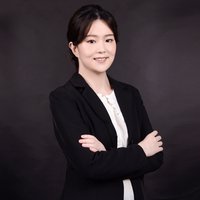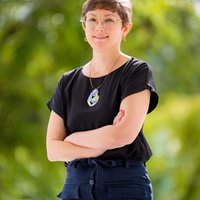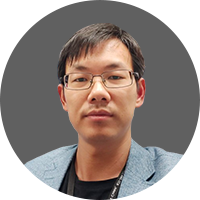Nanotechnology & materials
Chunyang Wang
Super-resolution TEM imaging technique by combining deep learning with atomic-resolution scanning transmission electron microscopy.

Asia Pacific
Leng Kai
The first monolayer 2D hybrid perovskite optoelectronic devices and discovering their unique physical properties.

Asia Pacific
Ming Huang
Focusing on the controllable synthesis of single crystalline 2D carbon materials.

Europe
Hortense Le Ferrand
Nanyang Technological University

Asia Pacific
Wenjie Tian
Low-cost functional nanomaterials, sustainable semi-artificial technologies and green catalytic techniques.
